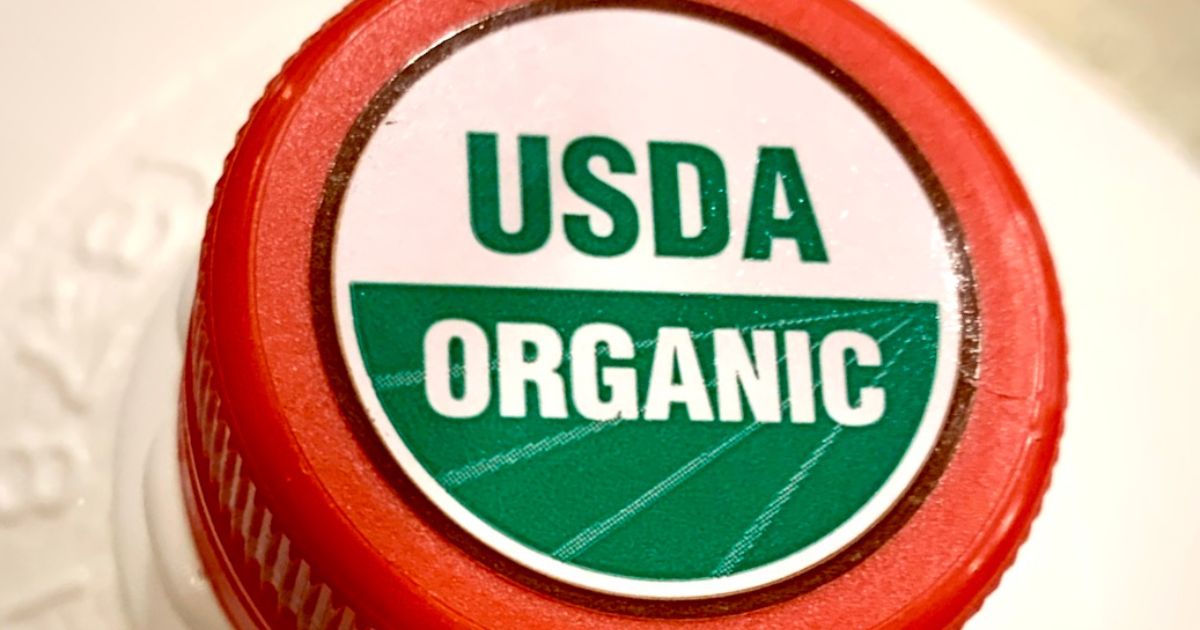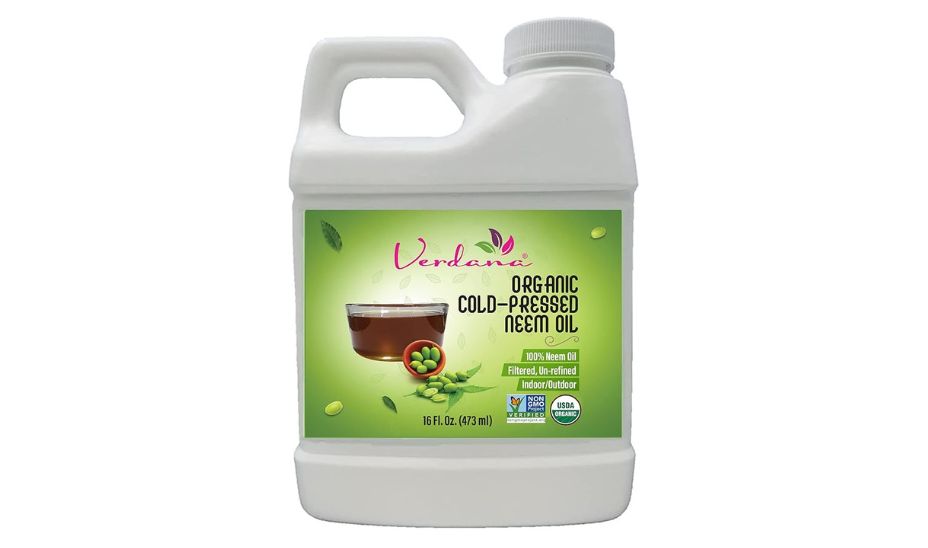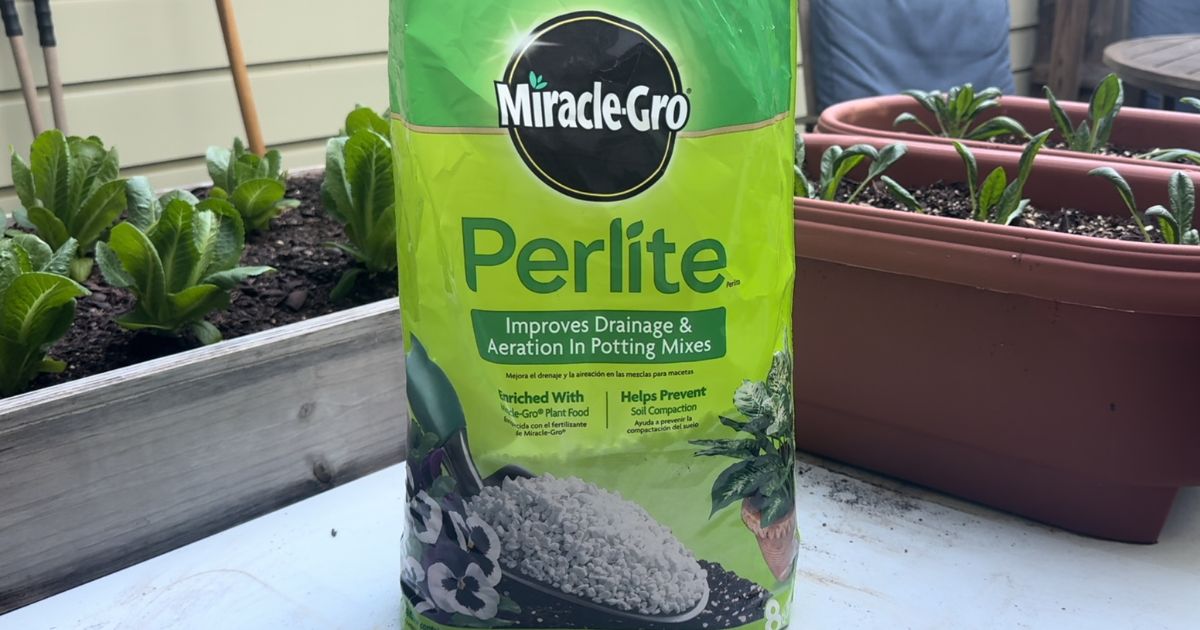
Understanding the USDA Organic Label: What It Means
The USDA Organic label is one of the most recognized certifications in the food industry. But what does USDA Organic mean, and how does the USDA Organic certification process ensure integrity? This article dives deep into the USDA Organic logo and its significance for consumers and producers.
What Does USDA Organic Mean?
The USDA Organic label indicates that a product meets strict standards set by the United States Department of Agriculture (USDA). These standards cover how crops are grown, animals are raised, and products are processed. To earn the USDA Organic certification, products must meet the following requirements:
- Crops: Must be grown without synthetic pesticides, herbicides, or fertilizers. Genetically modified organisms (GMOs) are prohibited.
- Livestock: Animals must be raised in living conditions accommodating natural behaviors (e.g., grazing on pasture), fed 100% organic feed, and not given antibiotics or hormones.
- Processing: Products must be free from artificial preservatives, colors, and flavors, and all ingredients must be organic except for those on the approved list.
The USDA Organic logo assures consumers that these stringent requirements have been met.
The USDA Organic Certification Process
To display the USDA Organic label, producers must undergo a rigorous certification process. This process ensures compliance with the USDA’s National Organic Program (NOP) standards.
Steps to Certification:
- Application: Farmers and processors submit detailed applications, including their production practices and the substances they use.
- Inspection: An accredited certifying agent conducts an on-site inspection to verify that operations meet USDA Organic standards.
- Review: The certifying agent reviews the inspection report to ensure compliance.
- Approval: If approved, the operation is granted USDA Organic certification and allowed to use the USDA Organic logo.
Annual inspections and periodic residue testing ensure ongoing compliance.
Benefits of the USDA Organic Label
For Consumers:
- Transparency: The USDA Organic label provides assurance about how food is produced.
- Health: Organic products often have fewer synthetic chemicals and no GMOs.
- Environmental Impact: Organic farming practices promote biodiversity and soil health.
For Producers:
- Market Access: The USDA Organic certification opens doors to a growing organic market.
- Premium Pricing: Organic products often command higher prices.
- Sustainability: Certification encourages sustainable practices that benefit the environment.
Misconceptions About the USDA Organic Label
”100% Organic vs. Organic”
Products labeled “100% Organic” must contain only organic ingredients, while those labeled “Organic” must have at least 95% organic ingredients. The USDA Organic logo can be used on both.
”Natural vs. Organic”
“Natural” is not synonymous with “organic.” Only products certified under the USDA Organic program can use the USDA Organic label.
How to Identify USDA Organic Products
Look for the USDA Organic logo, typically a circular seal with the words “USDA Organic.” This logo is a trusted symbol of certified organic integrity. Additionally, check for statements like “Certified Organic by [certifying agent]” on the packaging.
Conclusion
The USDA Organic label is more than just a marketing tool; it’s a guarantee of rigorous standards and sustainable practices. Whether you’re a consumer seeking healthier options or a producer aiming for certification, understanding what the USDA Organic certification entails is essential. The USDA Organic logo remains a trusted symbol of quality, transparency, and environmental stewardship.



